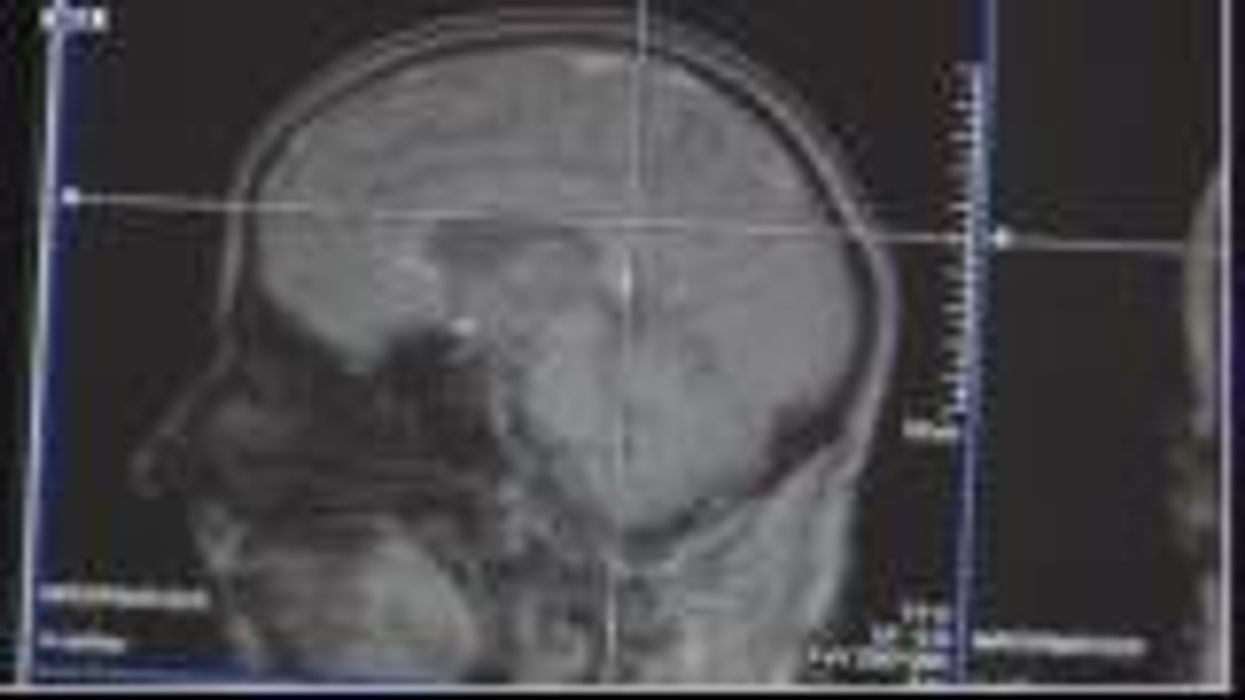Science & Tech
Harriet Brewis
May 15, 2023
Study: Social media can impact brain development in young people
content.jwplatform.com
A fascinating new study has shed light on just how remarkable the human brain is.
The research tells the story of a man, known simply as Patient M, who was shot in the head during the Spanish Civil War of the 1930s.
Far from succumbing to his injury, the soldier woke up to a whole new world. Or, at least, to a whole new perspective on it.
When he was resting, without major stimuli to focus on, the 25-year-old saw things totally backwards, according to the paper, which was published in Spain’s Journal of Neurology.
Sign up for our free Indy100 weekly newsletter
He could read letters and numbers printed back-to-front and normally as though they were exactly the same, and could read the time on a clockface from any angle.
He would see things upside down as well as backwards, and suffered other visual complications, including a strange condition in which colours appear unstuck from their objects, and the inability to detect movement.
His injury also impaired his senses of hearing and touch, with sounds and feelings appearing in his mind on the opposite side to where they actually were.

Despite this, Patient M managed to live a normal life by unconsciously developing new internal mechanisms for dealing with these sensory curveballs.
He became a subject of intense fascination to Spanish neuroscientist Justo Gonzalo who studied him for 50 years.
Gonzalo’s analysis ultimately led to a significant shift in how we understand the brain, most notably thanks to his conclusion that the brain is not simply a collection of distinct sections but a dynamic whole.
"The brain was seen like little boxes," neuropsychologist Alberto García-Molina, who co-authored the new paper, told El País. "When you altered a box, supposedly there was a concrete deficit.
“For Dr Gonzalo, the modular theories couldn't explain the questions that emerged with Patient M, so he began to create his theory of brain dynamics, breaking with the hegemonic vision about how the brain works."
Patient M helped the neurologist to see that the effects of brain damage depended on the size and position of the wound and that injuries don't destroy specific functions, but affect the balance of a range of functions.
Now, thanks to García-Molina and Gonzalo’s own daughter, Isabel Gonzalo-Fonrodona (a physicist at Complutense University of Madrid), more people are aware of this incredible case and its legacy.
Have your say in our news democracy. Click the upvote icon at the top of the page to help raise this article through the indy100 rankings.
Top 100
The Conversation (0)














